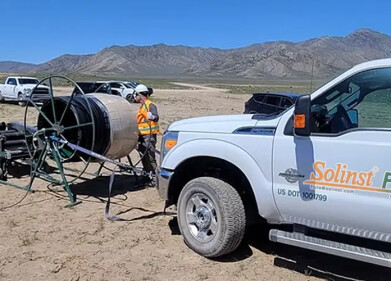Business News
European Environmental Agency publishes new data showing significant progress towards targeted reduction in the use of ozone-depleting substances
Sep 18 2023
The European Environment Agency (EEA) recently published new data that indicated that the European Union (EU) made positive progress towards its target and global commitment to phase out the use of ozone-depleting substances last year in line with its commitment under the Montreal Protocol. The EU Member States’ production and use of ozone-depleting material was less than the amount that was destroyed and exported by a margin of 3,623 metric tonnes.
Ozone-depleting substances (ODS) are ubiquitous in refrigerants, polymers, pharmaceuticals, and agricultural chemicals. The good news was published ahead of the International Day for the Preservation of the Ozone Layer which occurs every year on 16 September to mark the signing of the 1987 Montreal Protocol on Substances that Deplete the Ozone Layer. Eliminating the use of ODS is a vital element in protecting the ozone layer in the atmosphere.
The Montreal Protocol on Substances that Deplete the Ozone Layer came into force in 1989; its objective is to protect the stratospheric ozone layer by phasing out the production of ODS. The protocol covers More than 200 individual substances with a high ozone-depleting potential (ODP), including chlorofluorocarbons, halons, carbon tetrachloride, 1,1,1-Trichloroethane, hydrochlorofluorocarbons, hydrobromofluorocarbons, bromochloromethane and methyl bromid, all of which are referred to as ‘controlled substances’ are covered by the Montreal Protocol. The protocol was amended in 2016 in Rwanda’s capital, Kigali, to regulate the use of hydrofluorocarbons which are widely used as substitutes for CFCs and are potent greenhouse gases. The amendment was made because their production and consumption have grown significantly over the last decades; developed and developing countries made firm commitments to make significant steps to lower HFC production and consumption over the next three decades.
In 2022, The European Commission published a proposal for a revised EU Ozone Regulation. The new proposal aims to prevent the equivalent of 180 million tonnes of CO2 and 32,000 tonnes of ODP emissions by 2050.
Digital Edition
AET 28.4 Oct/Nov 2024
November 2024
Gas Detection - Go from lagging to leading: why investment in gas detection makes sense Air Monitoring - Swirl and vortex meters will aid green hydrogen production - Beyond the Stack: Emi...
View all digital editions
Events
Jan 12 2025 Abu Dhabi, UAE
Jan 14 2025 Abu Dhabi, UAE
Jan 20 2025 San Diego, CA, USA
Carrefour des Gestions Locales de L'eau
Jan 22 2025 Rennes, France
Safety, Health & Wellbeing LIVE
Jan 22 2025 Manchester, UK



















